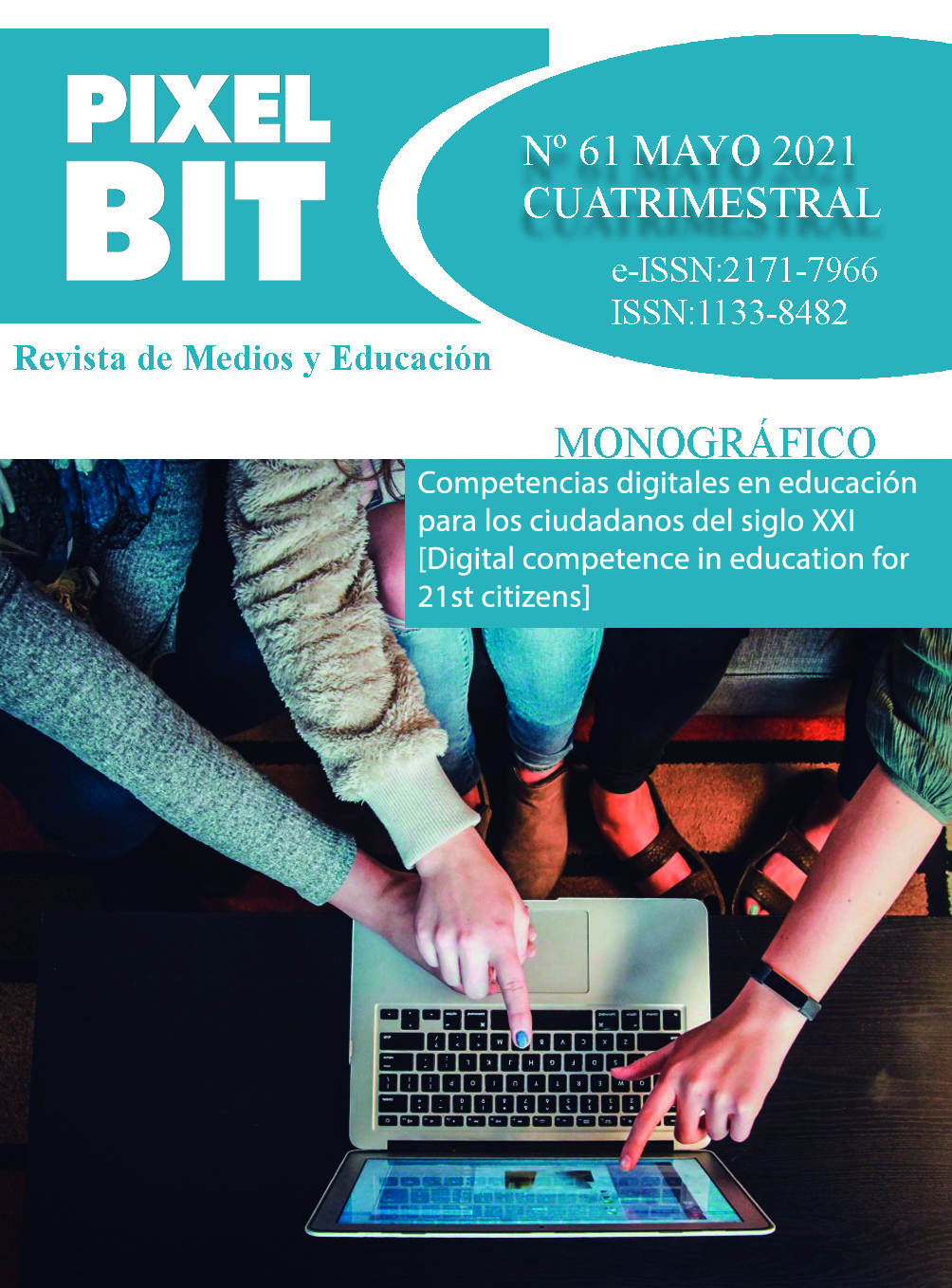Abstract
La pandemia del COVID-19 ha puesto de manifiesto la importancia de que los estudiantes sean capaces de aprender de forma flexible: aprovechando las oportunidades de la enseñanza presencial y el aprendizaje en línea en la educación, siendo autónomos y creativos, y colaborando con el personal educativo y los compañeros, a menudo en entornos virtuales digitales.
Este artículo analiza los enfoques interdisciplinares alternativos que rompen las barreras artificiales entre las disciplinas mediante el uso de las "tareas enriquecidas", es decir, tareas interdisciplinares que integran el conocimiento de las materias con el desarrollo de las habilidades de los estudiantes en las 4C: colaboración, pensamiento crítico, comunicación y creatividad. El artículo propone las "tareas enriquecidas" como una metodología que sirve para la educación del futuro, ya que se centra en el aprendizaje de las habilidades globales y emocionalmente resilientes que los niños necesitan para adaptarse a un mundo digital en contante transformación y en el que pueden cambiar de trabajo muchas veces.
En la investigación se exploraron los enfoques interdisciplinares históricos y actuales, y se realizaron entrevistas con profesionales y alumnos clave que participaron en ellos. Se encontraron respuestas significativamente positivas hacia el enfoque interdisciplinar por parte de ambos grupos de encuestados. En las conclusiones se propone el desarrollo de "Tareas enriquecidas" (véanse las definiciones de Moulds, 2004) apoyándose en el aumento de conocimientos y la experiencia en la utilización de la tecnología digital que los profesores han adquirido para enseñar durante la pandemia en todo el mundo.

This work is licensed under a Creative Commons Attribution-NonCommercial-NoDerivatives 4.0 International License.
Copyright (c) 2021 Pixel-Bit. Media and Education Journal

